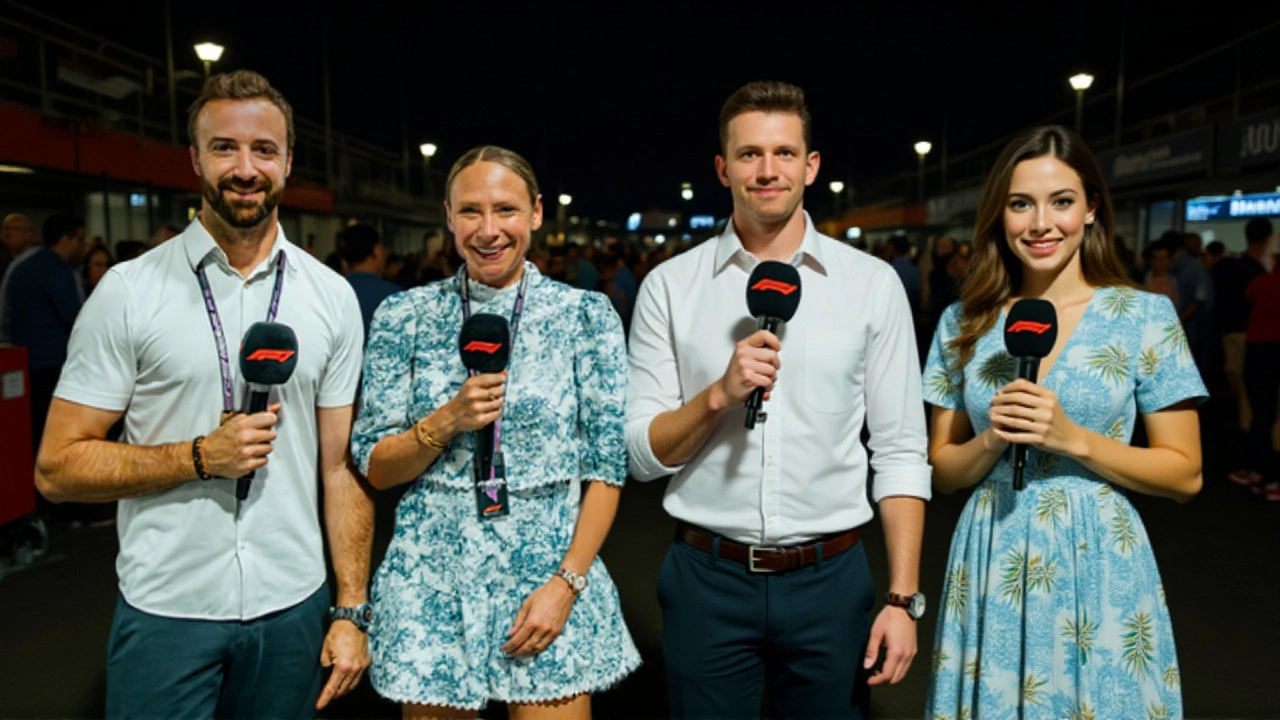Singapore Grand Prix: The Definitive Guide to F1’s Night Spectacle
When talking about Singapore Grand Prix, a thrilling Formula 1 race held on a glowing street circuit around Marina Bay, Singapore, that blends high‑speed drama with a vibrant city backdrop. Also known as SGP, it stands out as the sport’s first fully lit, night‑time showdown, turning the city skyline into a racetrack under neon lights. This event captures the essence of modern motorsport: speed, technology, and a global fan party.
How Formula 1 and the Marina Bay Street Circuit Shape the Race
The Formula 1, the premier open‑wheel racing series that pits the world’s best drivers and engineers against each other on a calendar of iconic tracks provides the framework for every Singapore Grand Prix weekend. Marina Bay Street Circuit, a 5.063‑km, 23‑turn temporary track weaving through downtown Singapore’s skyscrapers is the stage where the drama unfolds. The circuit requires precise car setup because of its tight corners, high humidity, and sudden changes in grip. That means teams must balance downforce for the slow sections while preserving straight‑line speed for the long back‑straight. In short, Formula 1 demands engineering excellence, and the Marina Bay Street Circuit influences driver strategy, making the Singapore Grand Prix a test of both skill and adaptability.
One semantic link is clear: the Singapore Grand Prix encompasses night racing, which requires special tyre compounds to handle cooler track temperatures after sunset. Another connection: the Formula 1 season calendar includes the Singapore event as a crucial mid‑season stop, often reshuffling the championship standings. Finally, the Marina Bay Street Circuit affects pit‑stop timing because the tight pit lane and limited overtaking spots force teams to plan every second carefully.
Drivers who excel here tend to be aggressive yet precise. Names like Lewis Hamilton, Sebastian Vettel, and Max Verstappen have all claimed victories, proving that mastering the circuit’s rhythm can boost a championship bid. F1 teams, the racing outfits such as Mercedes, Red Bull Racing, and Ferrari that develop the cars, strategies, and pit crews for each Grand Prix pour resources into simulation work to predict how the night lights will affect visibility and how the sea breeze will alter aerodynamics. The interplay between driver confidence, team data, and real‑time adjustments creates a dynamic that keeps fans on the edge of their seats.
Beyond the track, the Singapore Grand Prix fuels a massive economic boost for the city‑state, drawing tourists, creating jobs, and showcasing Singapore’s capacity to host world‑class events. The race weekend also offers a festival vibe: concerts, fan zones, and the famous “after‑dark” party scene. All these layers – sport, business, culture – weave together to form a unique experience that goes far beyond the laps on the circuit. Below, you’ll find a curated collection of stories that dive deeper into the drivers, the technology, the fan atmosphere, and the latest headlines shaping this unforgettable night race.
George Russell Wins 2025 Singapore Grand Prix in Night Thriller
George Russell clinched a night‑time win at the 2025 Singapore Grand Prix, edging Max Verstappen and Lando Norris on a humid Marina Bay street circuit.
READ MORE
